Intro
The Frencher Horse is not an actual breed, but rather a strain of Canadian Horse developed after the late 18th century.
Read more
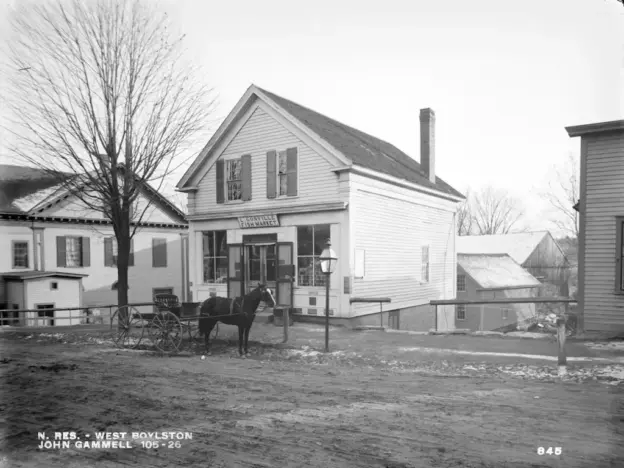
The Frencher Horse is not an actual breed, but rather a strain of Canadian Horse developed after the late 18th century.
Read more
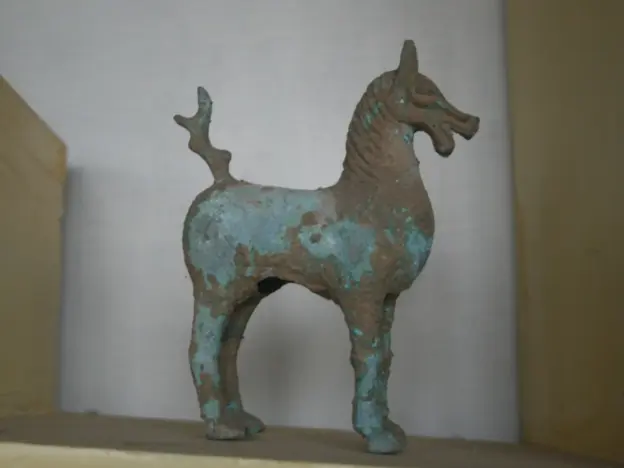
Born of need, the Ferghana horse was bred to be large and robust for cavalry use.
Read more
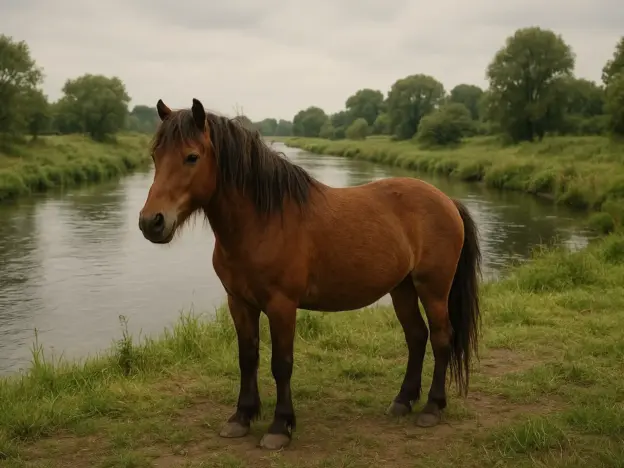
A wild breed of horse, the Emscherbrücher was originally documented in the mid 14th century and survived along the banks of the Emscher River (from which they take their name) until the mid 19th century.
Read more
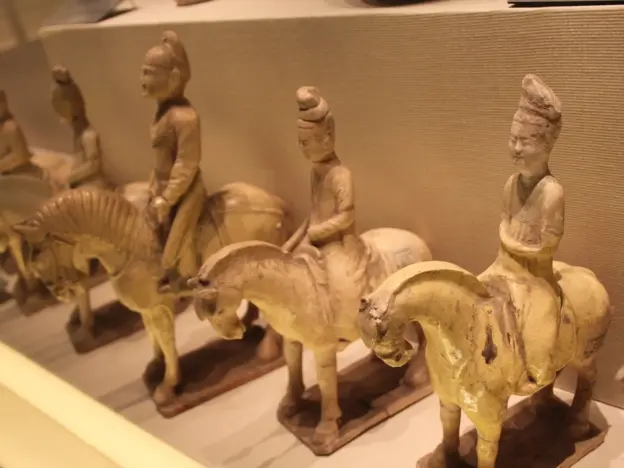
The Dragon Horse is very much a horse of legend, they were notable for their extreme endurance and are said to have been able to travel great distances without growing tired.
Read more
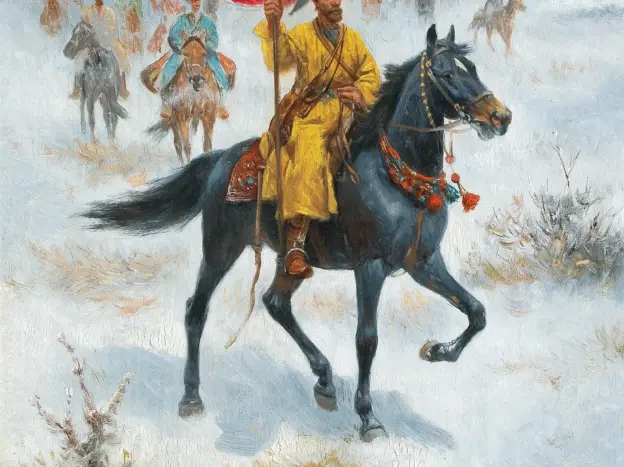
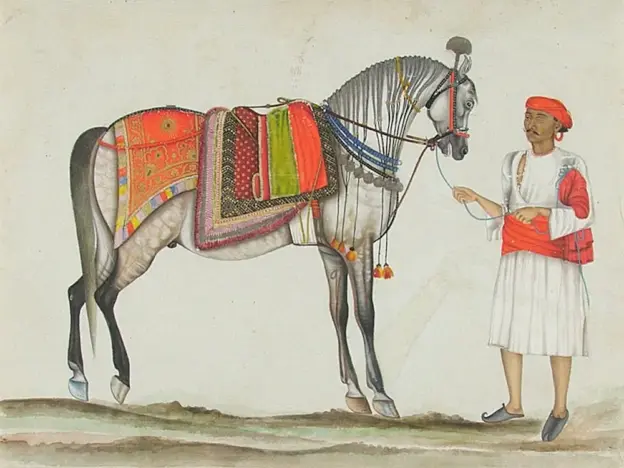
The Dhanni Horse comes from the Punjab state of India and was thought to be Sikh leader Ranjit Singh’s favorite breed.
Read more
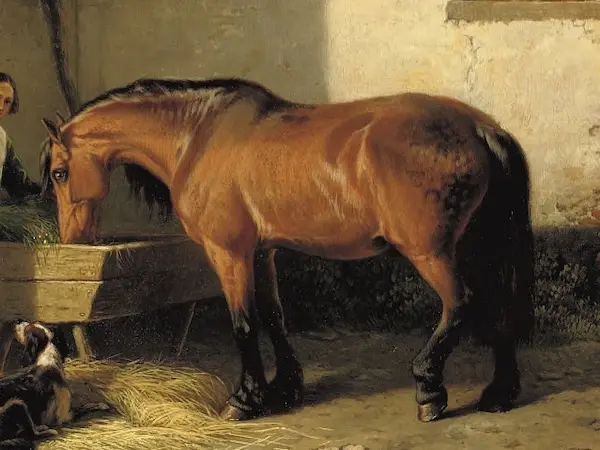
The Cremonese Horse is not an official breed, but a now extinct type of Italian Draft horse that was once bred in Lombardy, Italy.
Read more
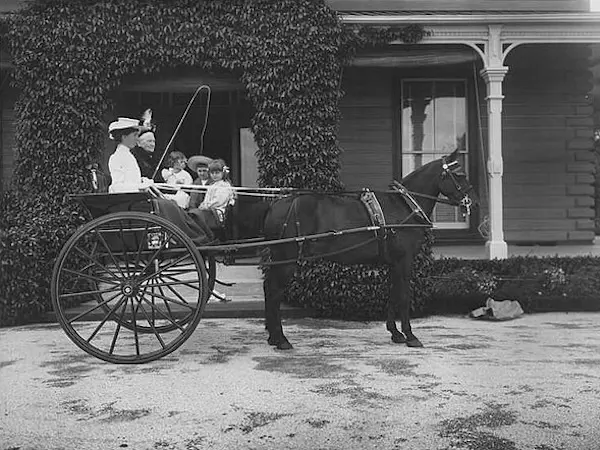
This handsome pony was only bred in New Zealand, using a foundation of Carlyon Pony mares crossed with two Welsh stallions called Kinarth Caesar and Comet. Given the breed’s name, Comet was likely to have sired the best offspring.
Read more
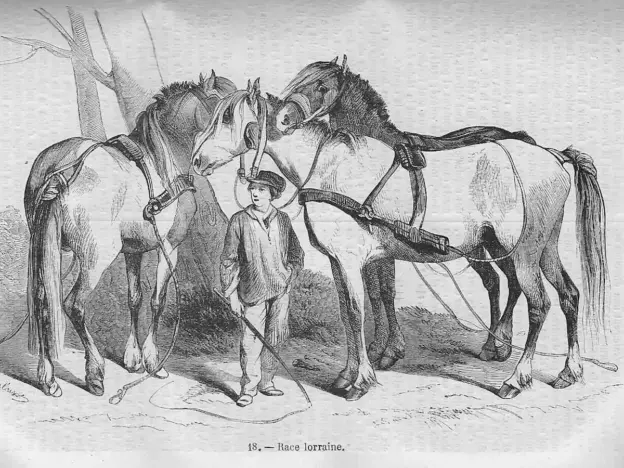
The Cheval lorrain, or Haretard which is not an endearing nickname, rather a moniker for poorly bred horses, looked upon with contempt. France has almost always produced fine horseflesh.
Read more
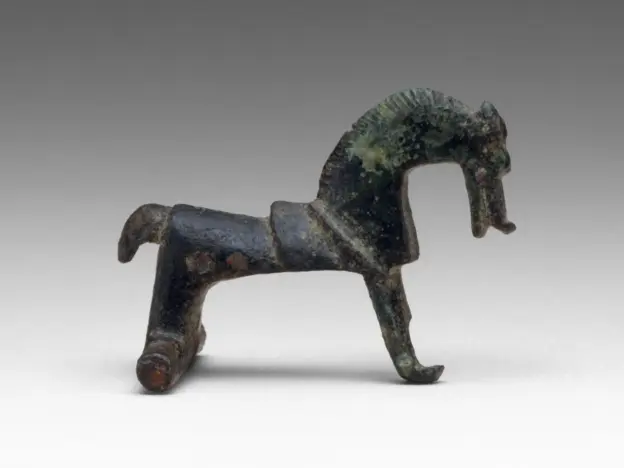
There are a number of pony breeds which can be called Celtic, most of them are related to one another on some level. The original was a wild horse found on the British Isles and parts of Western Europe, which as the name suggests, was probably domesticated by the Celts
Read more